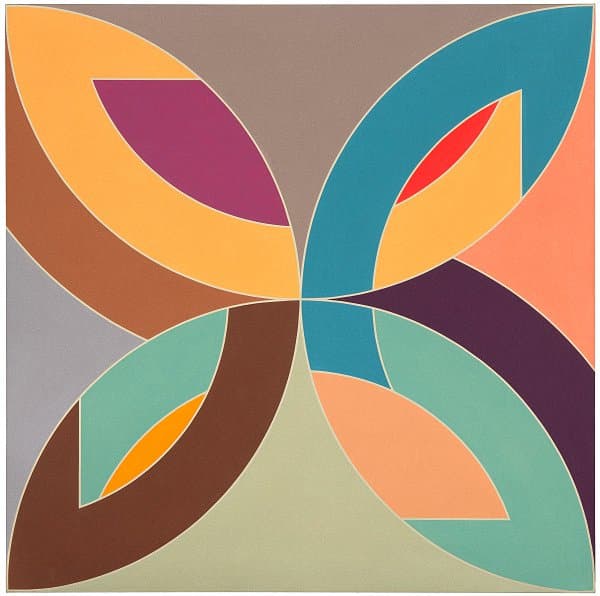- Overview
- Themes
- Works
-
Artists
- Albers Josef
- Andre Carl
- Arakawa
- Arneson Robert
- Baer Jo
- Baldessari John
- Bourgeois Louise
- Calder Alexander
- Castoro Rosemarie
- Close Chuck
- Cornell Joseph
- de Kooning Willem
- Flack Audrey
- Flavin Dan
- Frankenthaler Helen
- Gertsch Franz
- Gilhooly David
- Glarner Fritz
- Goldin Nan
- Gorky Arshile
- Guston Philip
- Held Al
- Hesse Eva
- Hofmann Hans
- Johns Jasper
- Judd Donald
- Kelly Ellsworth
- Kienholz Edward
- Krasner Lee
- Levine Marilyn
- Lewitt Sol
- Lichtenstein Roy
- Louis Morris
- Man Ray
- Mapplethorpe Robert
- Martin Agnes
- Morris Robert
- Motherwell Robert
- Nauman Bruce
- Newman Barnett
- Noland Kenneth
- Oldenburg Claes
- Ono Yoko
- Pollock Jackson
- Rauschenberg Robert
- Reinhardt Ad
- Resnick Milton
- Rothko Mark
- Ryman Robert
- Samaras Lucas
- Schueler Jon
- Shapiro Joel
- Sherman Cindy
- Smith David
- Smithson Robert
- Sonfist Alan
- Sonnier Keith
- Stackhouse Robert
- Stella Frank
- Still Clyfford
- Turrell James
- Warhol Andy
- Wilson Robert
- Tours
- Events
Frank Stella
United States of America born 1936
Frank Stella was born in Malden, Massachusetts, on 12 May 1936. He studied history at Princeton University, graduating in 1958. The following year he showed some of his Black Paintings of 1959–60, which are seen as crucial in the development of Minimal Art. His work was included in Sixteen Americans at the Museum of Modern Art, New York, in 1959, and MoMA bought one of his paintings. From the 1960s Stella's work has been shown in important exhibitions of abstract art, such as Geometric Abstraction at the Whitney Museum of American Art in 1962, Kassel Dokumenta 4 in 1968 and New York Painting and Sculpture: 1940–70, Metropolitan Museum of Art in 1970. His first retrospective was held at the MoMA in 1970; the show travelled to Europe and North America.
From the 1970s Stella experimented with shaped canvases, disputing the boundaries of two-dimensional painting and three-dimensional sculpture. He made lithographs and other prints, and travelled widely, to Europe, Asia and Latin America. Stella’s work became more complex in structure, with widely differing components often combined in wall reliefs – neither painting nor sculpture. His Charles Eliot Norton lectures, given at Harvard University in 1983–84, were published as Working Space. In 1987 his second retrospective was held at MoMA, and was seen later in Europe and North America. As well as numerous one-person exhibitions, Stella’s work has been included in many historical surveys of art since 1960.
See more works by this artist in the NGA collection
 Frank Stella
Flin Flon
1970
© Frank Stella. ARS/Copyright Agency
Purchased through the NGA Foundation with the assistance of Terrey and Anne Arcus and Penelope and Harry Seidler 2002
Learn more
Frank Stella
Flin Flon
1970
© Frank Stella. ARS/Copyright Agency
Purchased through the NGA Foundation with the assistance of Terrey and Anne Arcus and Penelope and Harry Seidler 2002
Learn more


